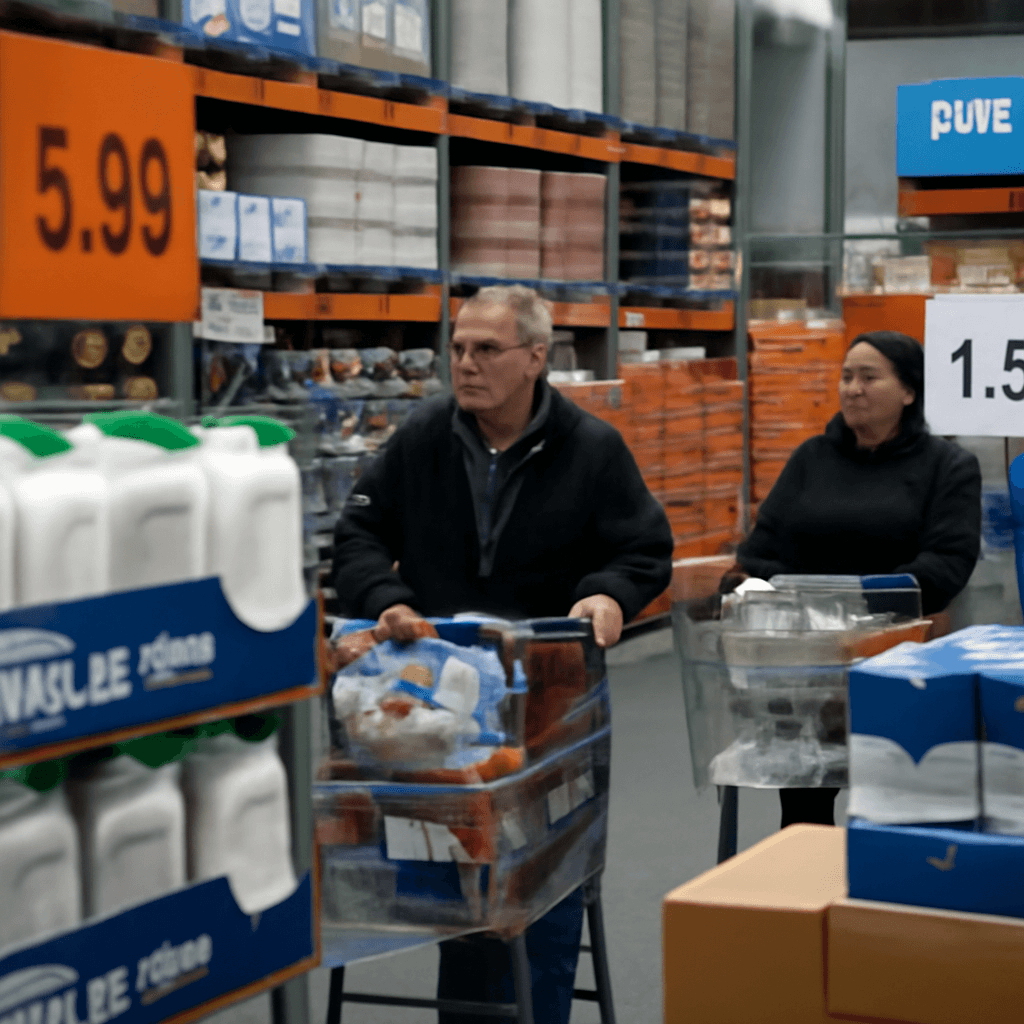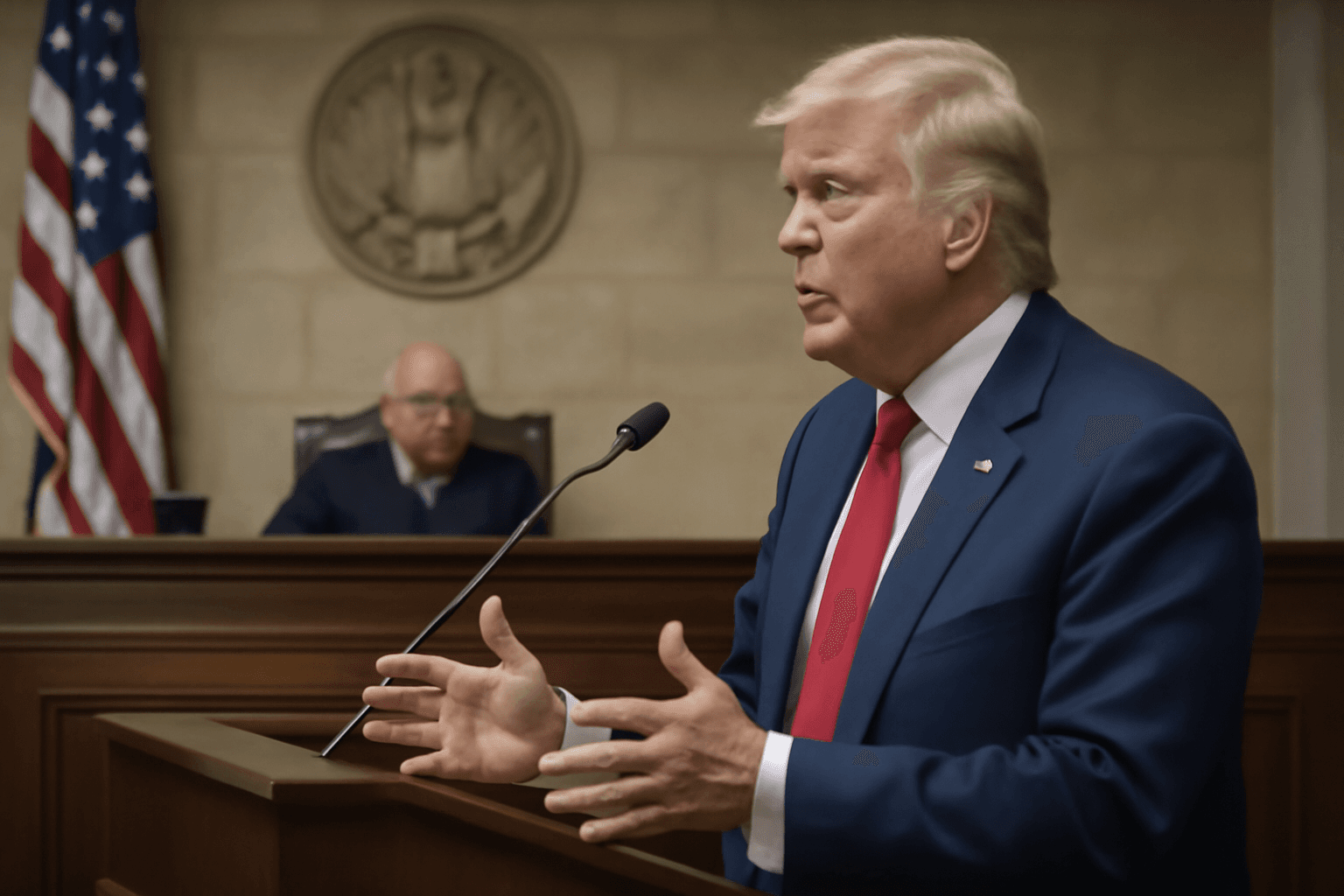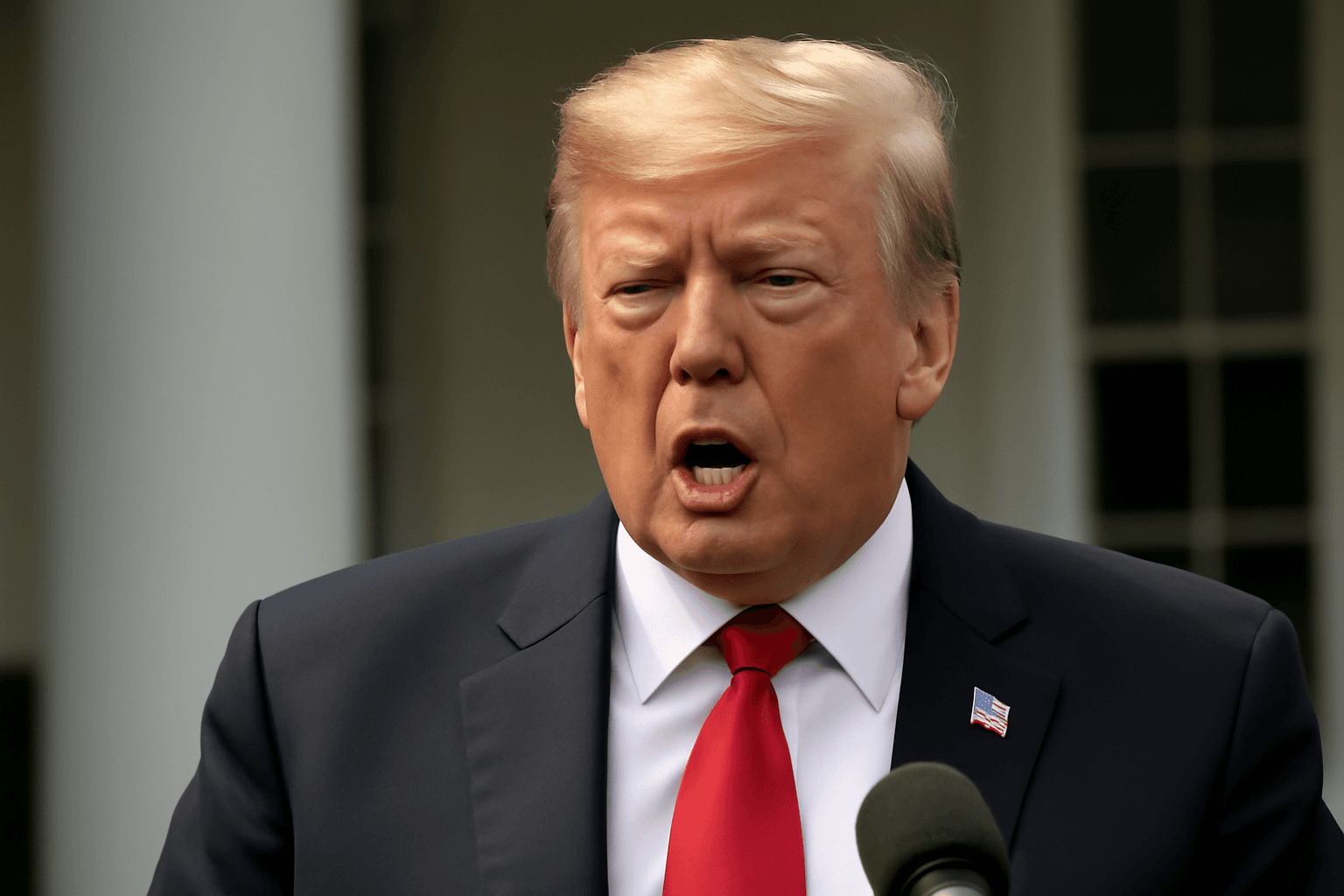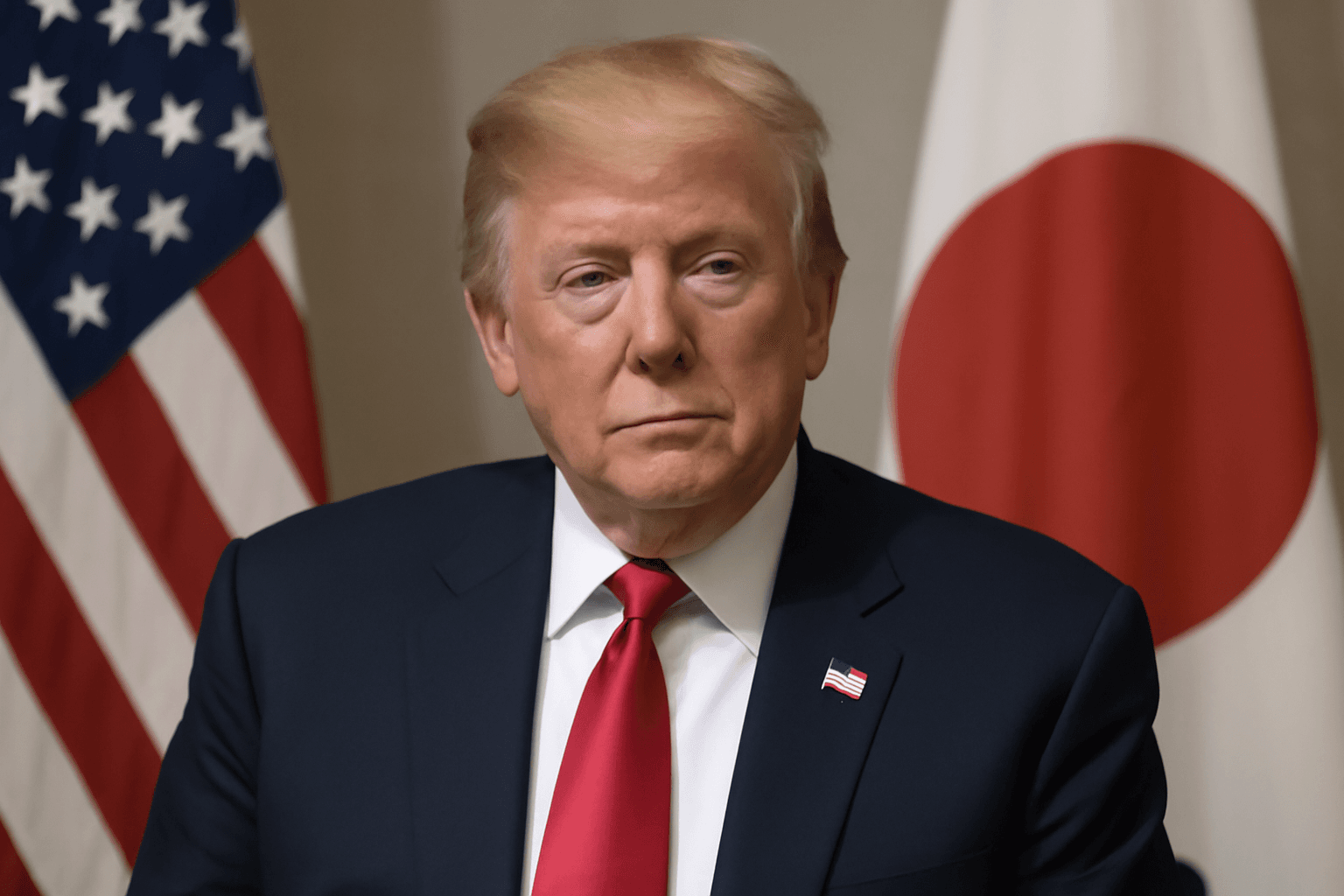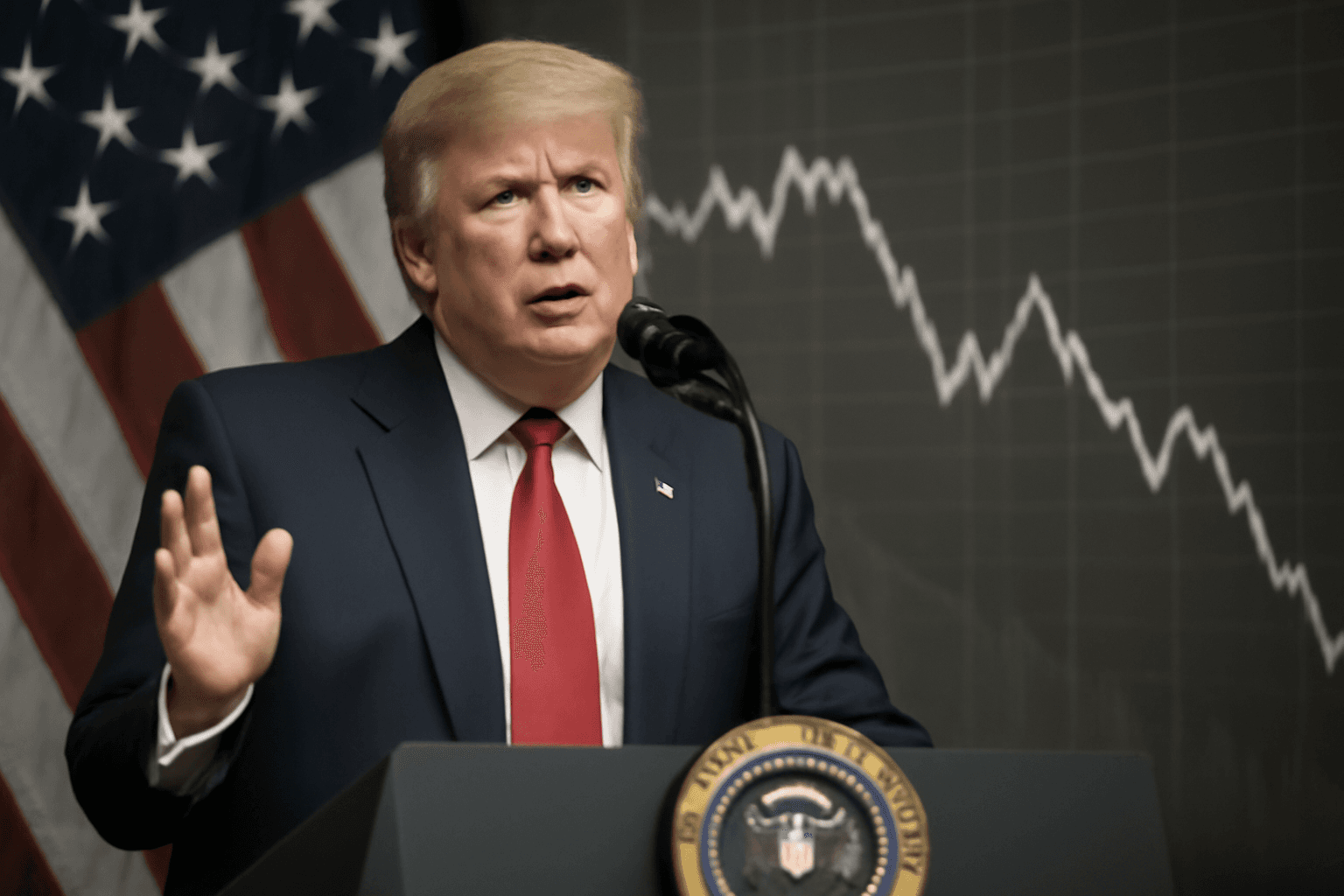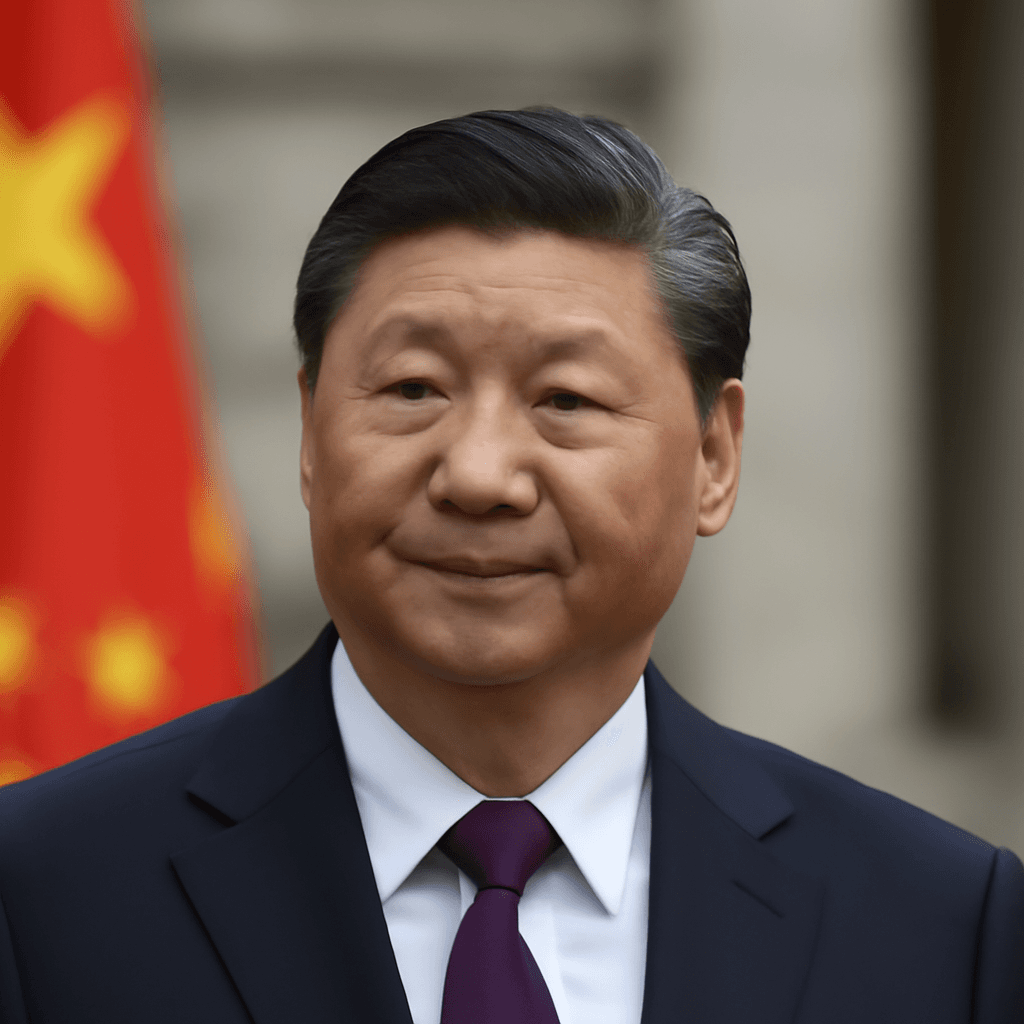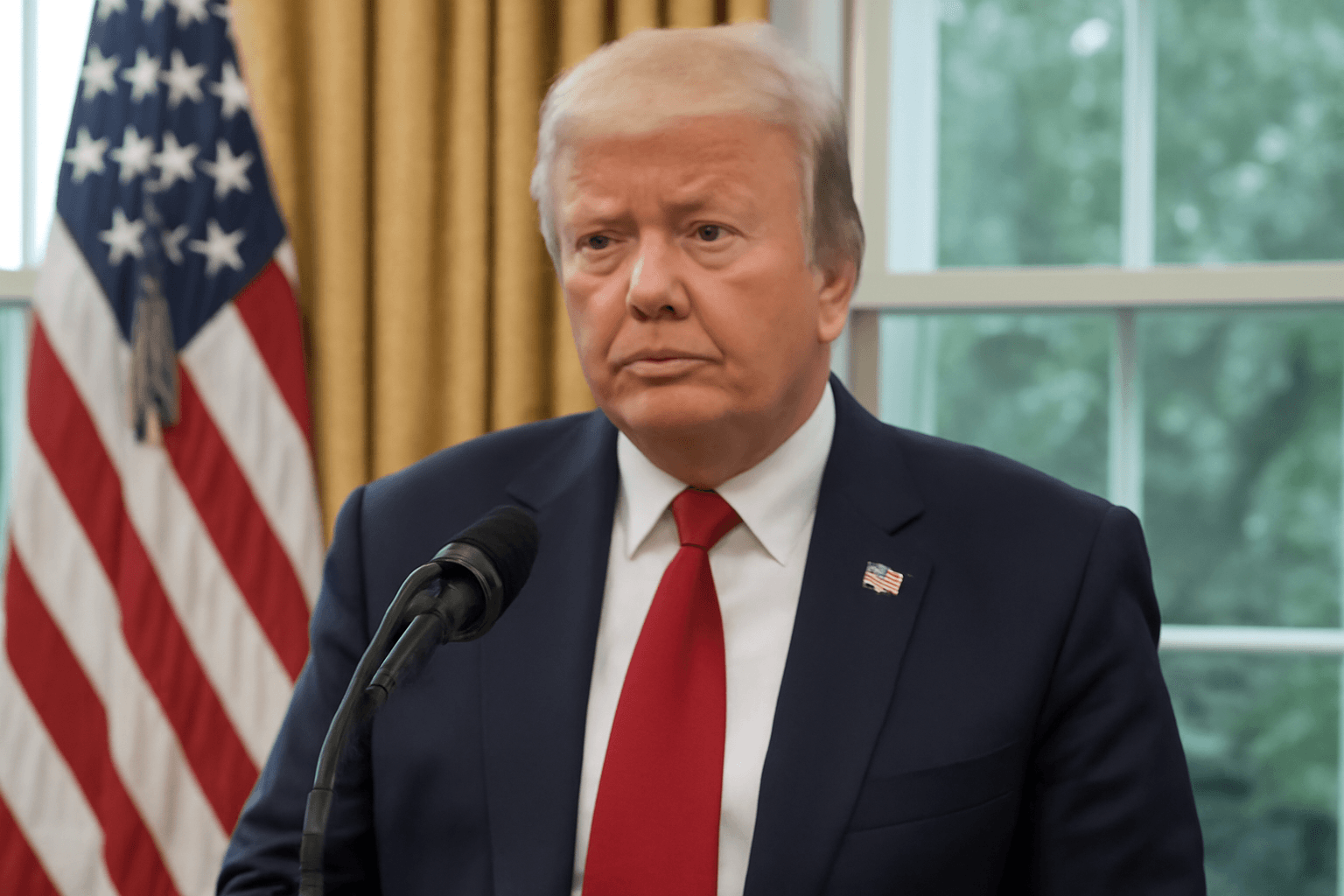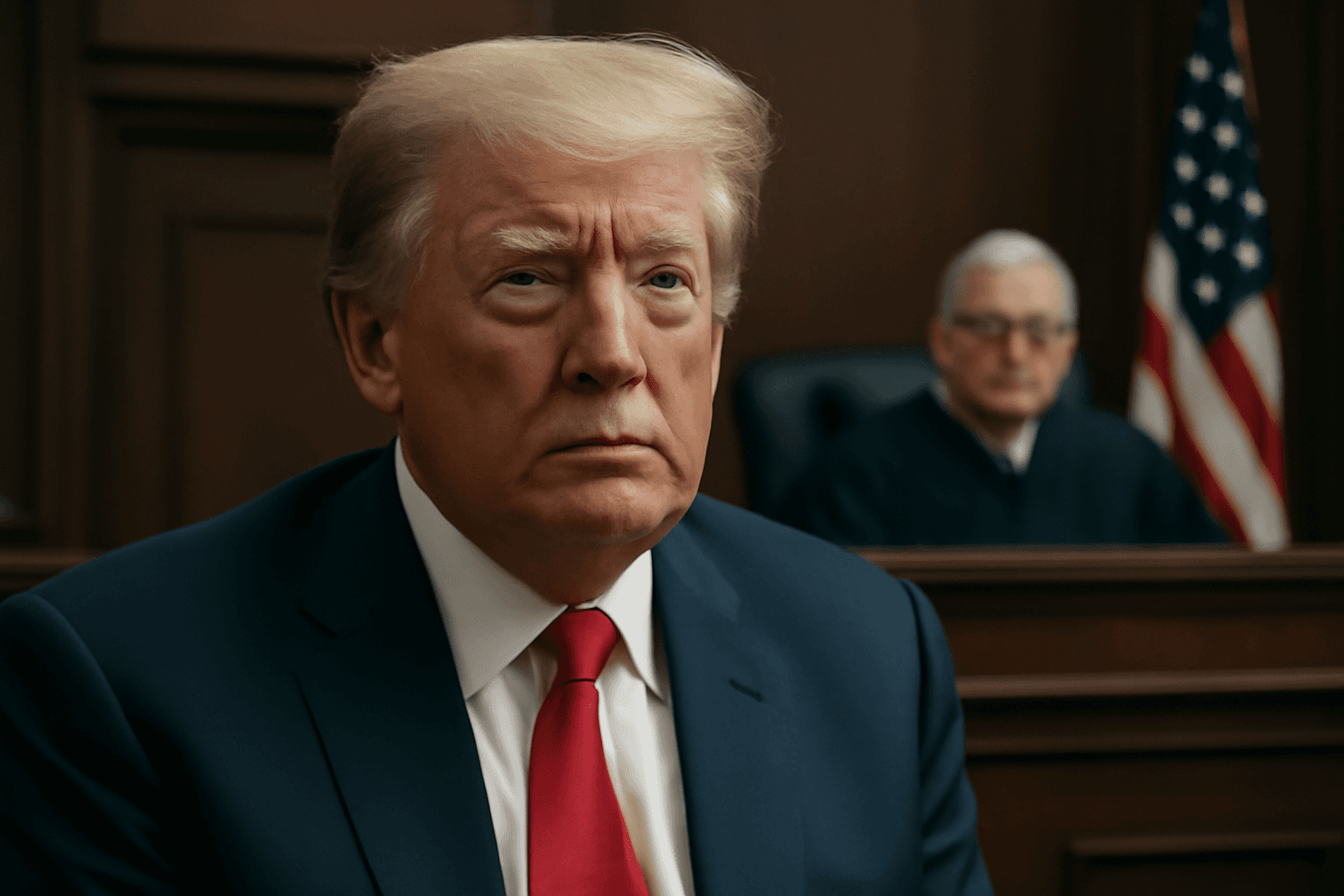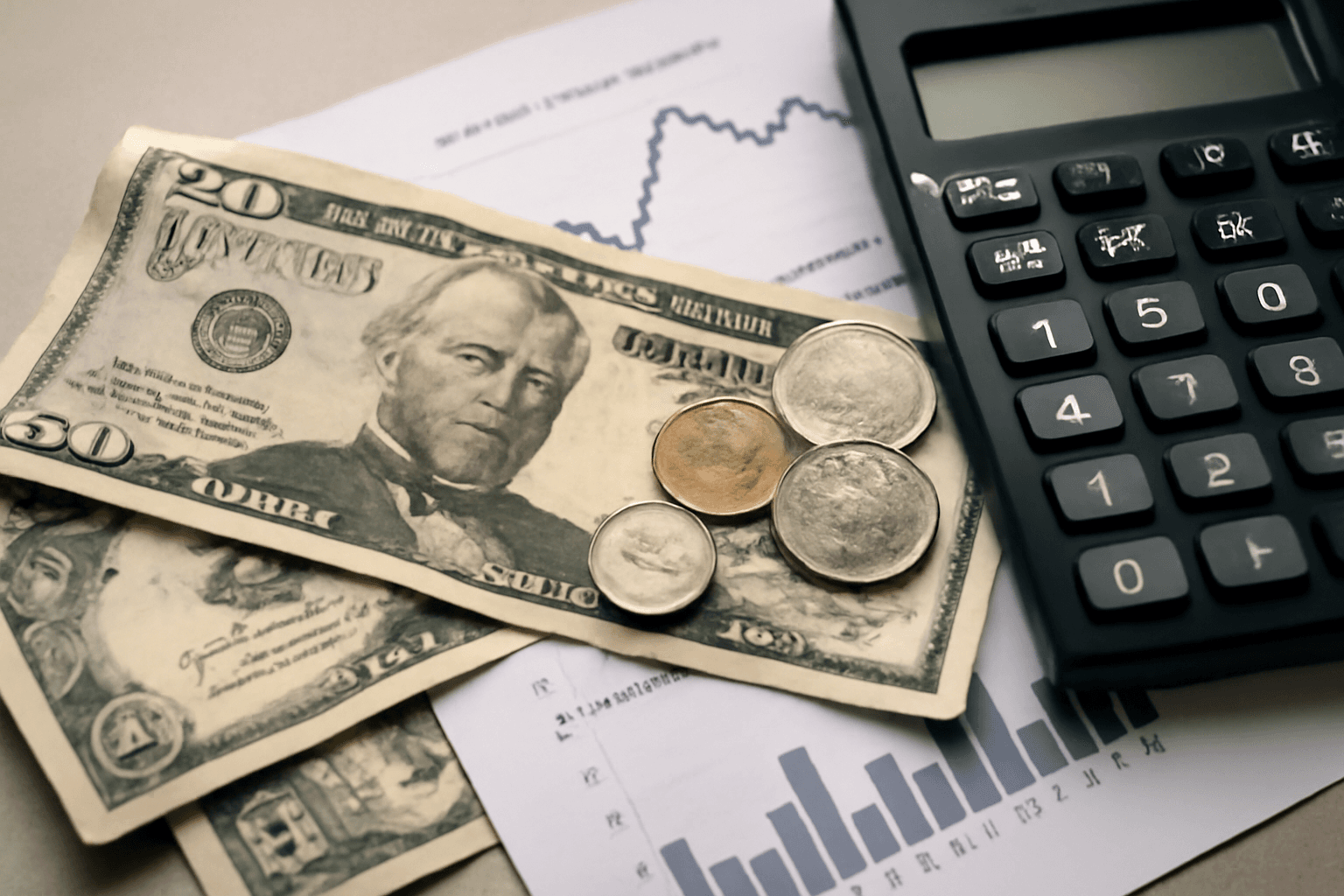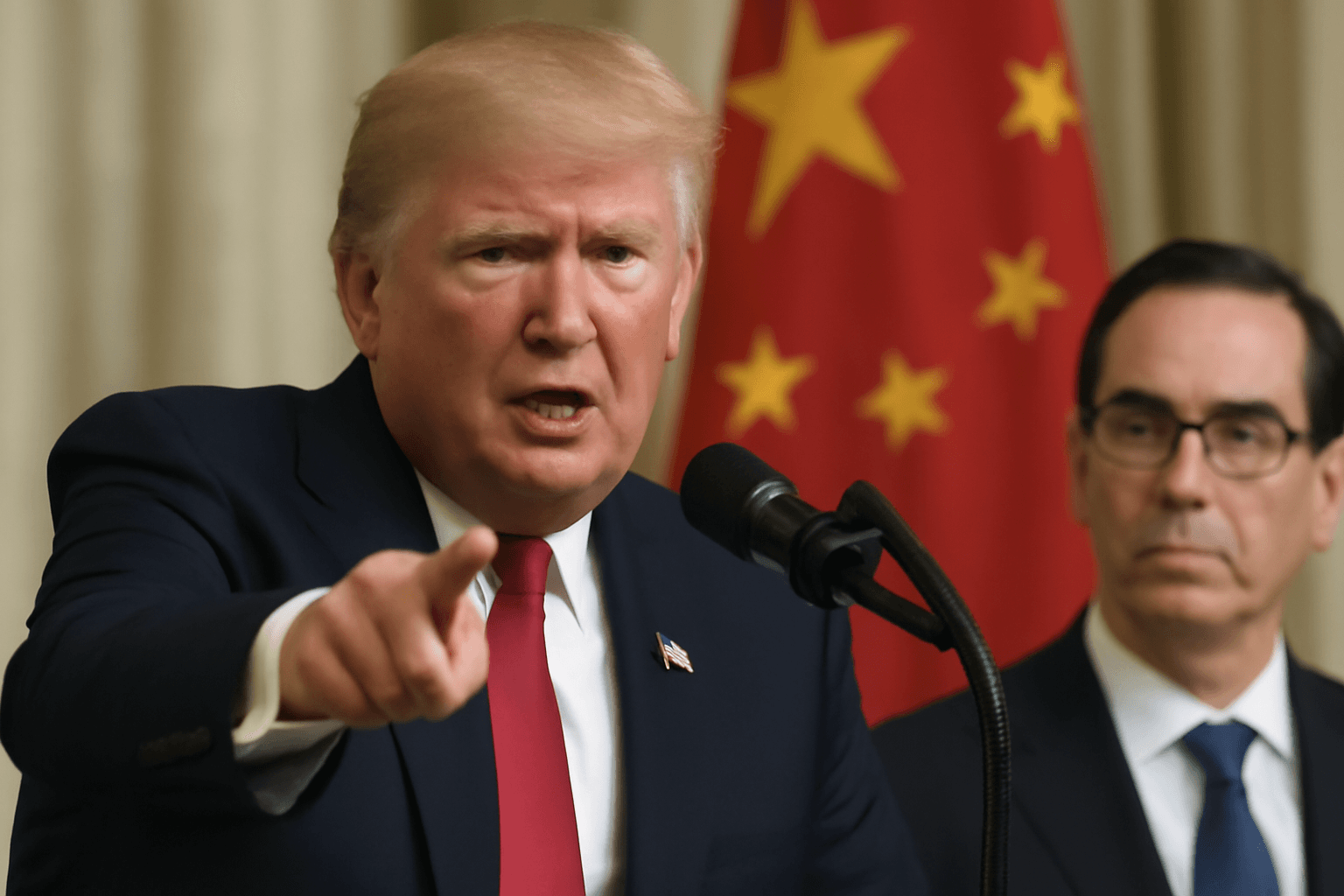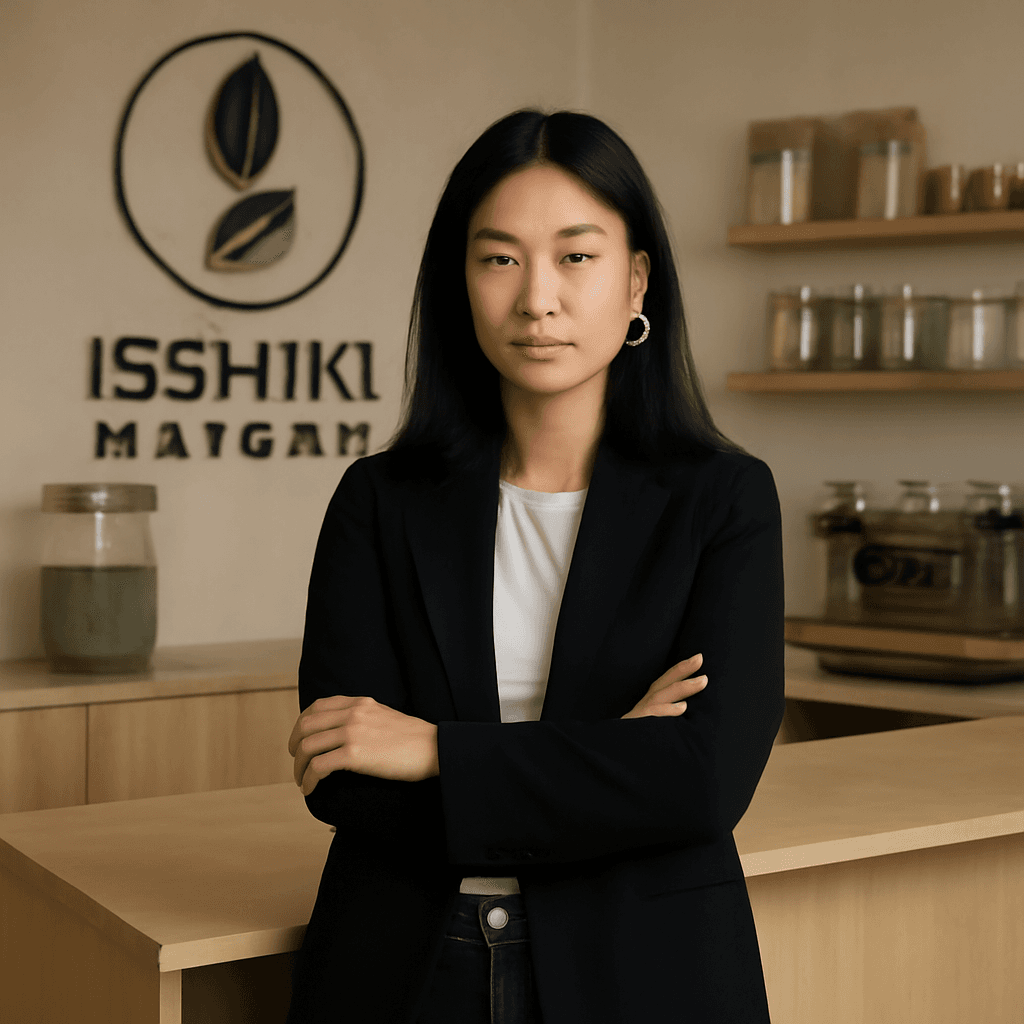Impact of Tariffs on Retail Pricing
Recent tariff policies have significantly influenced the pricing strategies of major retailers across the United States. With the implementation of tariffs on imports from China and several other countries, retailers are adjusting prices to offset increased costs, impacting consumers nationwide.
Tariff Overview and Economic Implications
Tariffs introduced have ranged from 10% to 30% on various imported goods, particularly from China and other countries. These duties have created challenges for supply chain planning and cost management for retailers, resulting in widespread price adjustments. Legislative shifts and court rulings have added to the uncertainty surrounding these trade policies.
Retailers That Have Already Raised Prices
- Costco: Has selectively raised prices on products such as flowers, while keeping staple items like bananas and pineapples stable.
- Best Buy: Implemented price increases on some items by mid-May, referring to price hikes as a last resort.
- SharkNinja: Increased prices on key products, including raising the cost of a Ninja espresso machine from $499 to $549 without demand decline. Plans further adjustments based on consumer response.
- Newell Brands: Raised prices on baby gear by approximately 20%, prepared to manage tariff impacts unless duties increase further.
Retailers Planning Price Increases
- Walmart: Expected to introduce price increases on toys, electronics, bananas, avocados, coffee, and flowers to mitigate tariff costs.
- Nike: Set to raise prices between $2 to $10 on adult apparel and equipment, and $5 to $10 for footwear by early June.
- Target: Will raise prices on select products; price adjustments are ongoing and considered carefully to balance impacts.
- Mattel: Plans targeted price increases on certain U.S. products, reducing dependency on Chinese manufacturing.
- Macy's: Adopting strategic, selective price increases and modifying product assortment to counter tariff effects.
Retailers Considering Price Hikes
- Ralph Lauren: Implementing selective pricing and discount adjustments, evaluating further hikes for upcoming seasons.
- VF Corp: Emphasizing strategic pricing, cost management, and sourcing diversification to address tariffs.
Retailers Maintaining Current Pricing
Home Depot stands apart by intending to maintain current pricing levels, benefiting from diversified sourcing and significant domestic product offerings to mitigate tariff impacts.
Key Takeaways
- Many U.S. retailers are actively raising prices to offset the cost burdens imposed by tariffs.
- Supply chain diversification and strategic pricing remain critical tools for managing inflationary pressures.
- Consumers can expect incremental price increases on a range of products, including electronics, groceries, apparel, and household goods.

